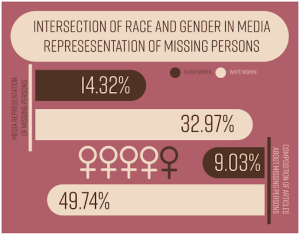Hurricane Dorian Devastates Carribean and East Coast
November 7, 2019
From August 24 to September 9 of this year, Hurricane Dorian, the 2nd hurricane of the season, passed through multiple countries, leaving a path of devastation along the way. One of the countries most devastated by Hurricane Dorian is the Bahamas, located in the Atlantic Ocean 181 miles East of Miami, Florida.
Infrastructure was severely damaged on Abaco and Grand Bahama Islands, suspending services such as power and water to residents on the islands temporarily. 61 people have died, with numerous others still missing.
Impacts have also been felt along the East Coast of the United States, with major impacts felt from Florida to Virginia, all ranging differently in terms of damage. Tropical Storm winds were reported as well as flooding from the storm surge produced from the storm. However, the impacts were not as devastating as Hurricane Irma, which hit the United States in September of 2017.
Support efforts began immediately after the storm passed, with non profit groups from multiple countries as well as UNICEF supporting. Criticism from the residents of the Bahamas towards the slow response from the Bahaman government. In the United States, there was controversy over President Trump presenting a diagram of the path of Hurricane Dorian that appeared to be altered to include Alabama within the path, in which the storm was not planned nor hit the state.
The controversy first began on September 1, in which the National Weather Service office in Birmingham, Alabama stated on Twitter that, “Alabama will NOT see any impacts from #Dorian,” only to later be contradicted by the National Oceanic and Atmospheric Administration supporting Trump that there was a possible threat to Alabama from Dorian. This lead to worry from Alabama residents of whether or not the hurricane will impact the state.
Time to recover from this storm may take months to even years to rebuild and repair what has been destroyed from the hurricane. Luckily, the chance of a hurricane continues to lower as the end of hurricane season approaches closer on November 30th and the residents of the areas impacted will now only have to worry about the long road to recovery ahead.







